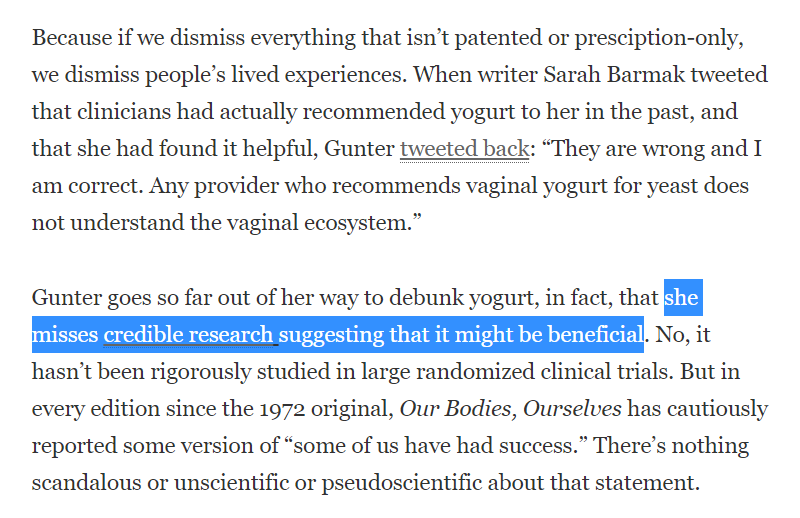1/
ncbi.nlm.nih.gov/pmc/articles/P…

2/
3/
Worse, the average will depend on the distribution of follow-up time.
4/
This is where an argument about selection appears. Suppose we estimate period-specific hazard ratios for a binary randomised covariate…
5/
7/
8/
10/
I’ve not really thought about it but it seems a nice idea.
11/
12/
(BTW I concentrated better than usual while reading this paper because I was trying to write a coherent thread!)
13/EoT






